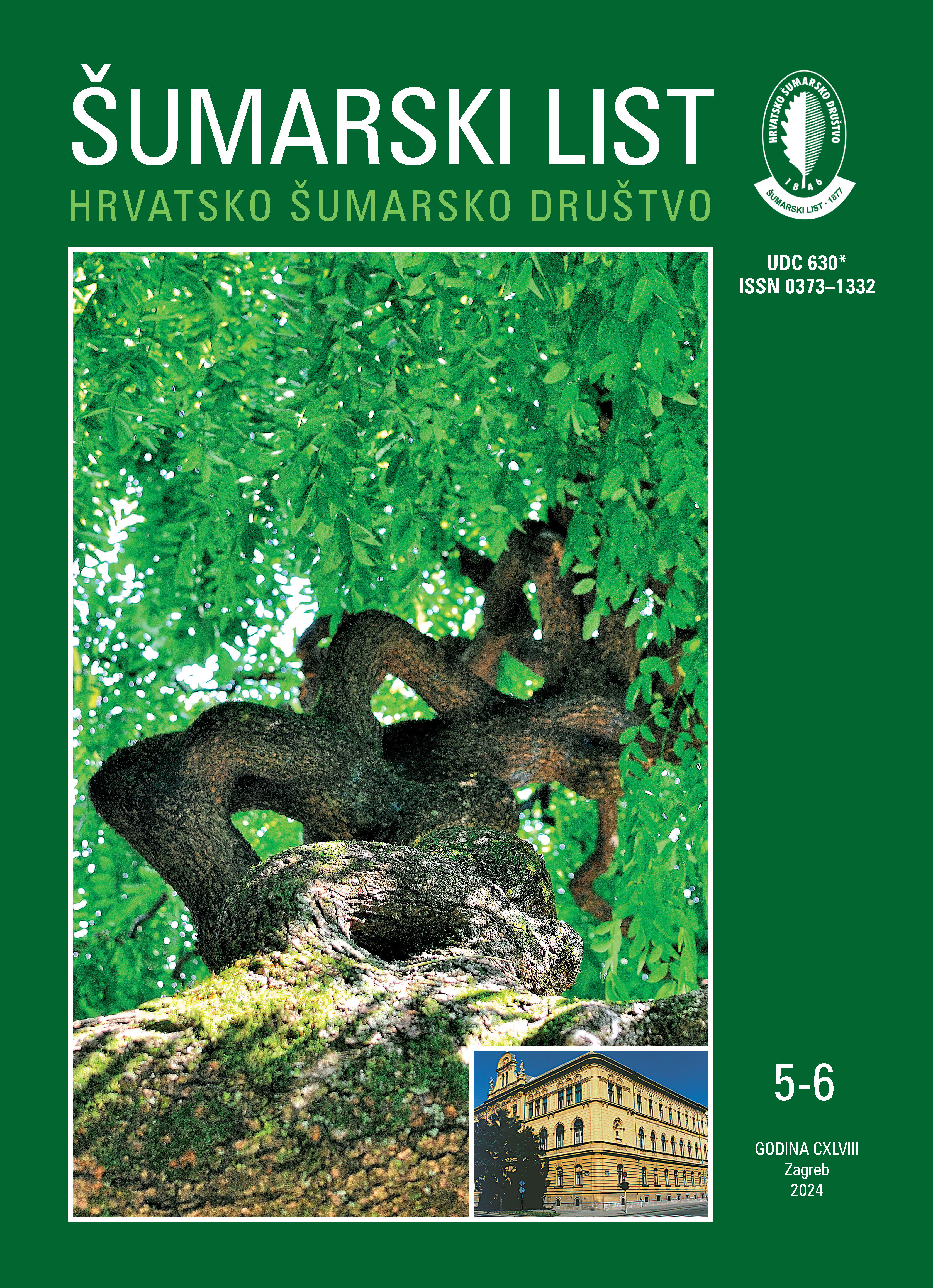Population variability of rosemary willow (Salix eleagnos Scop.) based on the leaf morphometry: Evidence of small and large-leaf morphotypes
Keywords:
phenotypic plasticity, adaptability, ecotypic differentiation, isolation-by-environment, leaf morphometrics, phenotype, multivariate diversity indexAbstract
Phenotypic differentiation is often the result of the ecological diversity of a species with a wide natural range. It is favoured by natural selection, as well as factors such as gene flow, genetic drift, or founder events. This is especially true for species of the riparian habitats and for species with light seeds that are easily dispersed by both water and wind. One such species is rosemary willow (Salix eleagnos Scop.), which occurs in both humid riparian habitats and arid karstic sites in central and southern Europe. The species was used as a model species in this research to determine the potential morphotypes suitable for different habitat conditions. In addition, the extent of the influence of environmental conditions on leaf morphometrics was analysed and the structuring of populations was investigated. We analysed three populations of S. eleagnos from karstic habitats and five populations found in riparian habitats. Leaf samples were collected from ten individuals per population, and nine leaf traits were analysed. Leaf phenotypic traits showed a clear bimodal distribution across populations, with samples from dry karstic habitats having smaller leaves than those from riparian habitats. In addition, habitat conditions showed to have a strong influence on morphology, consistent with a pattern of isolation by environment (IBE). These results were also substantiated by the AMOVA analysis, with 34.53% of the overall variability assigned to the variability of individuals between the two habitats (karstic vs. riparian). Furthermore, karstic populations exhibited homogeneous and low multivariate diversity index (MDI) values, as well as lower variability between the populations when compared to the riparian populations, thus reflecting phenotypic adaptability to uniform environmental conditions. In contrast, riparian populations exhibited both high and low levels of diversity, as well as greater interpopulation variability than that of karstic populations, which may be attributed to different origins of the populations and different environmental conditions. Overall, our results suggest that plant-habitat interactions are a complex process and that these two clearly distinct groups of populations of rosemary willow may represent two ecotypes.
Published
Issue
Section
License
Copyright (c) 2024 Assoc. Prof. Igor Poljak, PhD, Prof. Zlatko Šatović, PhD, Antonio Vidaković, Katarina Tumpa, Prof. Marilena Idžojtić, PhD

This work is licensed under a Creative Commons Attribution-NonCommercial 4.0 International License.


